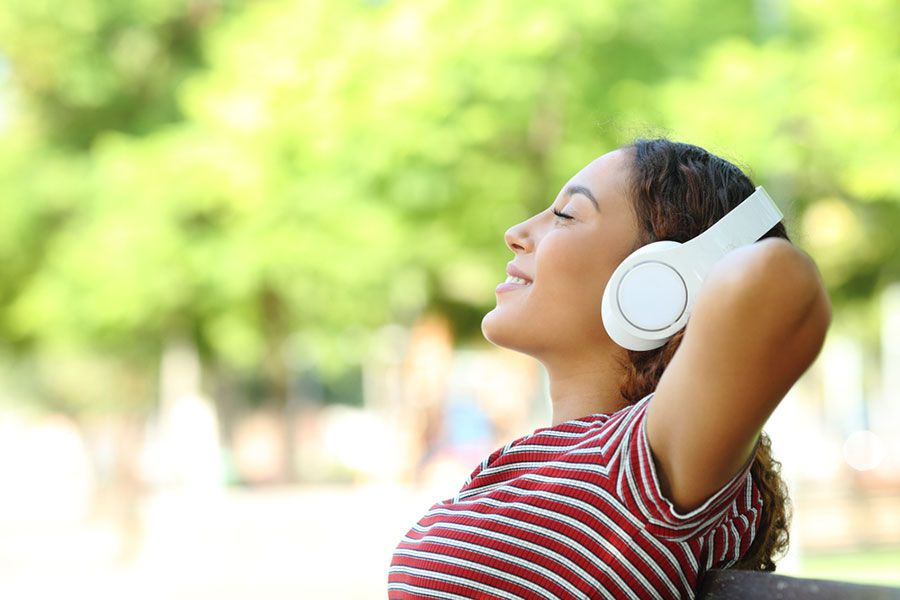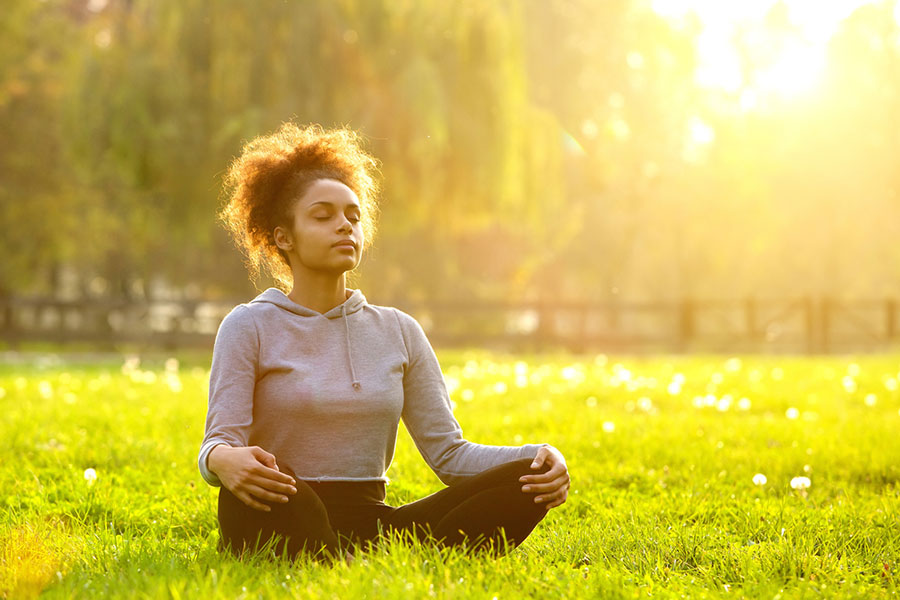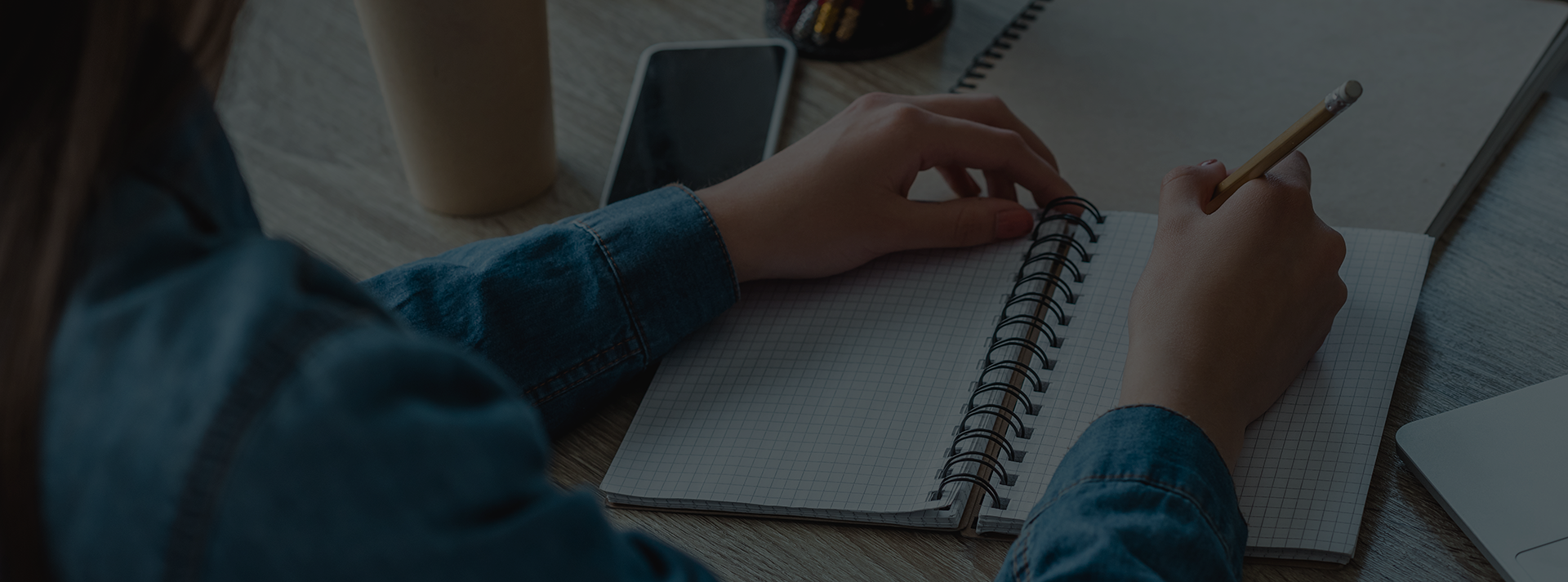
09 Feb Meditation for teens to help relieve anxiety and build resilience
Following on from last week’s blog about the two types of people – reactive and proactive – I want to introduce you to the concept of meditation for teens. The practise of meditation will help you to let go of what is out of your control. To lessen the negative and draining energy of worry and anxiety.
If you missed the blog, click here for a recap or listen to the podcast episode.
What is meditation?
Some of the earliest written records of meditation, such as Dhyana in Buddhism, come from Vedantism Hindu traditions around 1500 years before Christ. Religiously speaking, meditation has been practiced for 1000s of years, but since the 19th century it’s become more widespread and is now commonly practiced in both private life and in business life – so you don’t have to have religious beliefs to practice it.
The original Latin meaning of meditation is to ‘think deeply about something’. The modern approach to meditation is to focus your mind and give your attention to only one thing for a period of time while focusing on deep breathing or repeating a positive mantra (a statement or string of positive words).
I am a massive fan of meditation because it is a powerful tool for building resilience in children, young people, and teens.
“Meditation is like a gym in which you develop the powerful mental muscles of calm and insight.” Ajahn Brahm
How are mindfulness and meditation the same yet different?
Mindfulness is all about being aware. It’s about noticing and paying attention to your thoughts, feelings, behaviours, and actions.
Mindfulness can be practiced at any time, wherever you are, whoever you are with, and whatever you are doing. By showing up and being fully engaged and present in the ‘here and now’. It’s a process of not having a judgement of the ‘now’ being good or bad, right or wrong, it just is.
Mindfulness is the awareness of “some-thing”, while meditation is the awareness of “no-thing”.
Meditation is about emptying your mind of thoughts. Instead of focusing on an action you simply concentrate on a sound or your breath to distract your thoughts. Meditation is a way to slow down your thoughts. To silence your inner chatter and bring a sense of calm, peace, quiet and balance to your mind and body. When you achieve this peace you are able to proactively create positive feelings of love, joy, curiosity and self-belief.
I guess you could say that mindfulness is a way of living whereas meditation is an activity that you practise. In mindfulness you observe the outside world and in meditation you shut out the outside world in order to focus on your inner world.
People who want to become more mindful, more present in the now, often meditate and people who meditate often become more mindful – so the two elements work really well together for your wellbeing.
“Your goal is not to battle with the mind, but to witness the mind.” Swami Muktananda
What are the benefits of meditation?
Meditation is a fantastic way to build resilience and for teens and young people, now is a great time to begin – and it’s simple with many benefits.
- Lowers blood pressure
- Reduces stress
- Improves oxygen in the brain for calmer thinking
- Reduces toxin build-up
- Decreases carbon dioxide
- Boosts the immune system
- Induces a greater sense of wellbeing
- Releases healthy neurotransmitters, which are healing chemicals for your mind and body
You only have to spend a short amount of time doing it and it’s essentially breathing. Breath is a wonderful thing because it brings oxygen into your body, helps you absorb nutrients and gets rid of yucky toxins!
Let’s try this now, there’s no time like the present.
“Feelings come and go like clouds in a windy sky. Conscious breathing is my anchor.” Thich Nhat Hahn
Meditation for teenage anxiety
As a teenager or young person you probably have something going on in your life (or not going on) that’s causing a level of anxiety. Whether it’s not being able to attend school, being apart from your friends, uncertainty about future career prospects or feeling stuck in an unhappy home environment.
I want you to take some time now to try meditation and relax because it will help to ease your anxieties.

Meditation exercise
You can close your eyes or keep them open. Do whatever helps you to feel comfortable.
Bring your attention to your breath but keep if the same. It doesn’t need to be slower or deeper but notice the mood and air as you inhale oxygen and breathe out carbon dioxide. You can experiment and choose words to say to yourself when breathing in and out if it helps. Emotions are a good example, such as breathing in calmness and breathing out tension. You can even say an affirmation softly under your breath or in your mind such as my world is good, my life is good, or I am good when you breathe in.
- Follow your breath’s journey as you breath into the lungs and out again;
- Notice the pause at the end of your breath and how your body feels;
- Notice your chest rise as you breathe in and fall as you breathe out;
- Notice the air coming in through your nostrils then leaving through your mouth.
The process should feel easy and not like work. It’s a natural process after all. Feel yourself relaxing and smile to tell your face you’re enjoying meditating.
A key point to remember is to allow random thoughts to creep in. This is more than OK. Just catch the thoughts, don’t judge yourself in any way and let them come and go as you refocus on your breath.
Meditation does take practice, but you can experience the relaxation from as little as three breaths. Let’s practice…
- Breathe in
- Hold for a moment
- Breathe out
- Notice the end
And again…
- Breathe in calm
- Hold for a moment
- Breathe out stress and tension
- Notice the end
And finally…
- Breathe in and feel yourself relax
- Hold for a moment
- Breathe out and let any worries escape with your breath
- Notice the end
How do you feel after just three breaths?
Explore different ways to meditate
I’ve written a previous blog explaining the different ways to meditate and created a specific eBook packed full of resources for you to download.
I’ll wrap up this blog by sharing with you four brand new guided meditations for use in your own time.
The meditations have been recorded by a professional and created especially for children, teenagers and young people. There are options with music and without, so try them all and settle on the ones that work best for you.*
- Breath mediation
- Guided mediation to release stress and anxiety
- Guided meditation for teens to escape to your safe place
- Guided meditation to help you drift effortlessly off to sleep
“If you want to conquer the anxiety of life, live in the moment, live in the breath.” Amit Ray
Choose the life you want to lead
When you meditate it changes your state of mind because your thoughts focus on what you are doing. Discover what method and time of day is best for your routine and please do share how you found the practice with our social media community:
There will be more helpful resources on meditation and mindfulness next week so until then breathe, relax and stay calm.
*Music by Christopher Lloyd Clarke. Licensed by Enlightened Audio.


No Comments